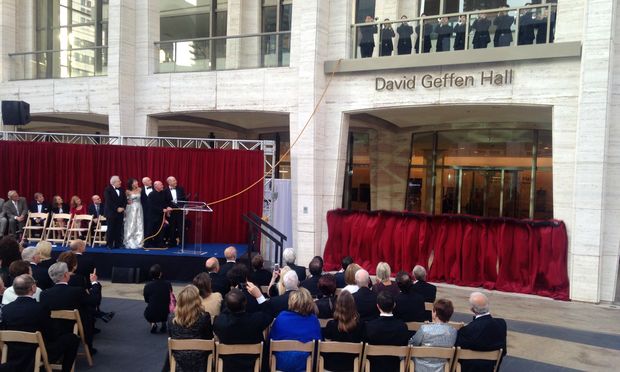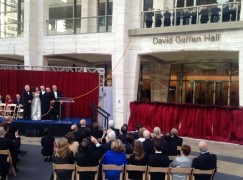Breaking: New York Phil loses 500 seats in revamped Geffen Hall
mainNY Philharmonic’s Deborah Borda and Lincoln Center’s Henry Timms are just walking on stage to lay out the long-delayed revamp of David Geffen Hall. It’s going to cost – wait for it – $550 million. Apparently, two-thirds of the amount has already been raised.
Key points:
– The new hall has a ‘single-room’ concept, shedding the proscenium and moving the stage forward by 25 feet, with audience seating around.
– Seating capacity is cut by 500 seats to 2,200.
– A steeper rake is designed to improve acoustics and sightlines.
The creative team are:
Diamond Schmitt Architects, led by Gary McCluskie, who will design the concert hall.
– Tod Williams Billie Tsien Architects │ Partners, winners of the 2019 Praemium Imperiale, will design the public spaces.
– The acoustician is Paul Scarbrough of Akustiks, together with theatre designer Joshua Dachs of Fisher Dachs Associates.







Comments